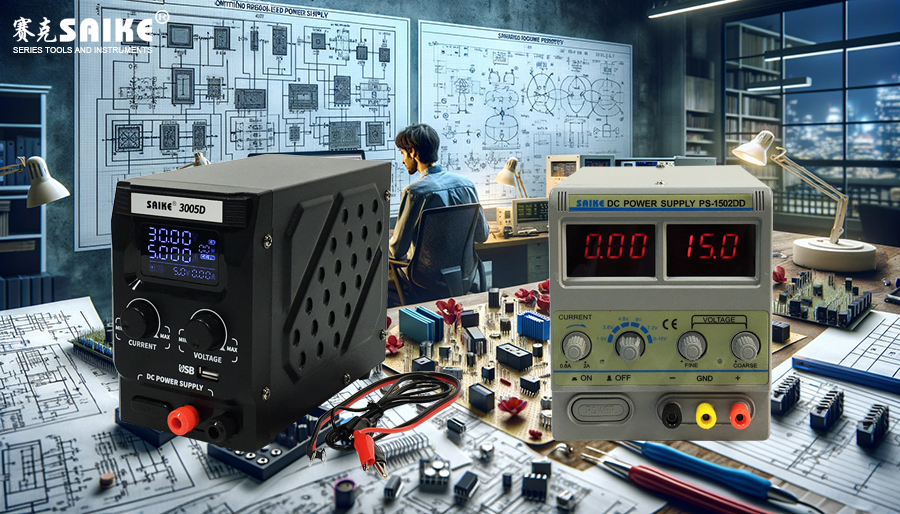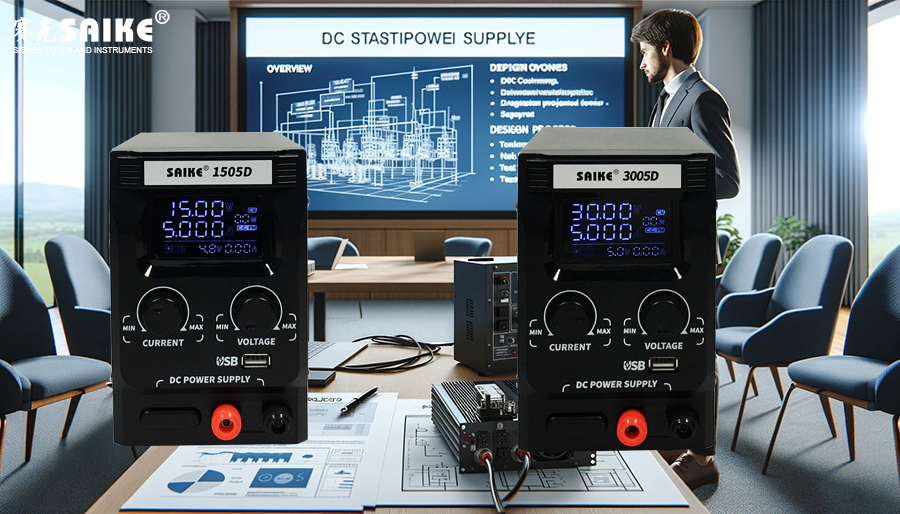
SK-YJ000ZLWYDY-KP 100018
Switching regulated power supplies play a crucial role in modern electronic devices, providing efficient electrical energy conversion and flexible voltage regulation. Designing a switching regulated power supply involves precise selection and optimization of various design elements to meet the requirements of specific applications. This article explores the basic design methodology of switching regulated power supplies, including the selection of key components, circuit design, and performance optimization steps.
I. Defining System Requirements
1.Determine Output Voltage and Current
– Before designing, it is necessary to determine the output voltage and maximum output current of the power supply, which will directly affect the choice of topology and component selection.
2.Input Voltage Range
– Defining the input voltage range is critical, especially for devices that can draw power from multiple sources such as batteries, USB, or AC adapters.
3.Efficiency Requirements
– Establish efficiency goals based on energy consumption and thermal management requirements of the application. Higher efficiency often necessitates more complex control strategies and higher-quality components.
II. Selecting the Appropriate Converter Topology
1.Choose Topology
– Select a buck, boost, buck-boost, or flyback topology based on the relationship between output and input voltage. For example, choose a buck converter if the output voltage is lower than the input voltage.
2.Calculate Critical Parameters
– Compute the required inductance, capacitance, and switching frequency. These parameters are determined based on load demand, input, output voltage, and desired ripple specifications.
III. Selection and Design of Key Components
1.Switching Elements
– Select appropriate MOSFETs or other switching elements, considering their maximum current and voltage capabilities, switching speed, and on-resistance.
2.Inductors
– The choice of inductor is crucial for energy storage and output smoothing. Consider its saturation current, DC resistance, and size.
3.Capacitors
– The output capacitor affects output ripple and transient response. Choose a sufficient capacitance value to meet ripple and noise requirements.
4.Control IC
– Select a suitable control IC that provides necessary features such as PWM control, synchronous rectification, and protection characteristics.
IV. Circuit Simulation and Layout
1.Simulation
– Before physically building the circuit, use circuit simulation software for design verification, simulating the behavior of the switching regulated power supply under different conditions.
2.PCB Layout
– A well-designed PCB layout is crucial, as a poor layout can lead to noise issues, thermal problems, and electromagnetic interference. Keep the loop area of the switching node small and keep sensitive components away from high-frequency switching paths.
V. Prototyping and Testing
1.Prototyping
– Build a prototype and test it to verify that the design meets all performance requirements.
2.Performance Testing
– Test efficiency, output stability, ripple and noise, and transient response. Make necessary adjustments based on test results.
VI. Conclusion
Designing a switching regulated power supply is a complex but intriguing process, involving precise electrical parameter calculations, careful component selection, and comprehensive system performance optimization. Following the aforementioned steps, one can design an efficient, stable, and application-specific switching regulated power supply. Understanding and applying these basic design methodologies can improve the success rate of the design and enhance the performance of the device.


